Cacio e Pepe Spaghetti Squash with Bacon and Peas
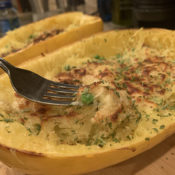
Traditional Cacio e Pepe is a Roman pasta dish that literally translates to “cheese and pepper.” This recipe marries together the simple yet enjoyable comfort dish with the classic combination of peas and bacon, and one of my favorite winter squashes.
If you are not familiar with spaghetti squash, it is an oval shaped winter squash, and the outer skin usually has a light or bright yellow color. Similar to other winter squash, like butternut or acorn squash, there is a fair amount of seeds and pulp that needs to be removed once cut open. The seeds can be seasoned and roasted like pumpkin seeds. However, the taste is a bit mild compared to butternut and acorn squash. The meaty texture also shreds after being cooked, which then makes it look like…you guessed it, spaghetti!
It is a healthy, nutritional alternative to traditional spaghetti if you are looking for a low carb pasta-type dish. It pairs well with spaghetti sauce, and also works well with butter, brown sugar and cinnamon, similar to what you would use for butternut squash.
What I enjoy about this recipe is that it offers lots of flavor, yet the steps are fairly simple. It is also a good meal to prepare either during the week or for a nice Sunday dinner!
Cacio e Pepe Spaghetti Squash with Bacon and Peas
1 large spaghetti squash
olive oil
1 teaspoon salt, plus more for seasoning
2 teaspoons Italian seasoning
2 teaspoons fresh cracked black pepper
1 cup cooked peas
1/2 cup cooked bacon pieces
1 cup shredded Parmesan cheese
1 cup Mozzarella cheese
- Preheat oven to 350 degrees. Line a baking sheet with parchment paper.
- Cut the spaghetti squash in half lengthwise, scoop out the seeds and pulp.
- Lightly brush the inside and edge of each half of the squash with olive oil. Season the oil-brushed squash with 1 teaspoon of salt and the Italian seasoning.
- Place the squash cut side down on the baking sheet. Bake for 45 minutes.
- Remove the squash from the oven, flip the squash over and let cool for a few minutes.
- Use a fork to shred the cooked squash so it looks like spaghetti strands. Shred most of the squash from each half, but be sure to leave a thin layer of the squash in the skin to maintain the shape. Do not discard the two empty halves.
- Place the shredded squash into a large bowl. Drizzle a bit of olive oil and stir to lightly coat the squash. Season with additional salt to taste. Add the cooked peas, bacon pieces, pepper and Parmesan cheese to the bowl. Mix well.
- Fill the empty squash halves with the mixture. Top with the Mozzarella cheese.
- Bake for additional 8-10 minutes, or until the cheese starts to melt.

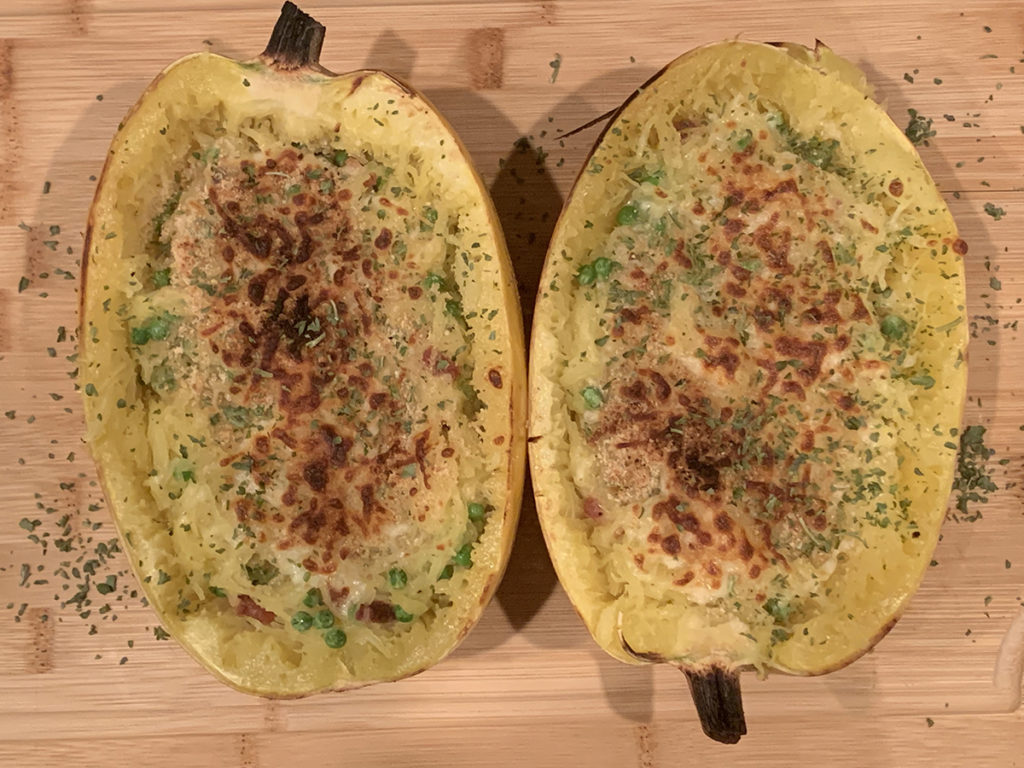
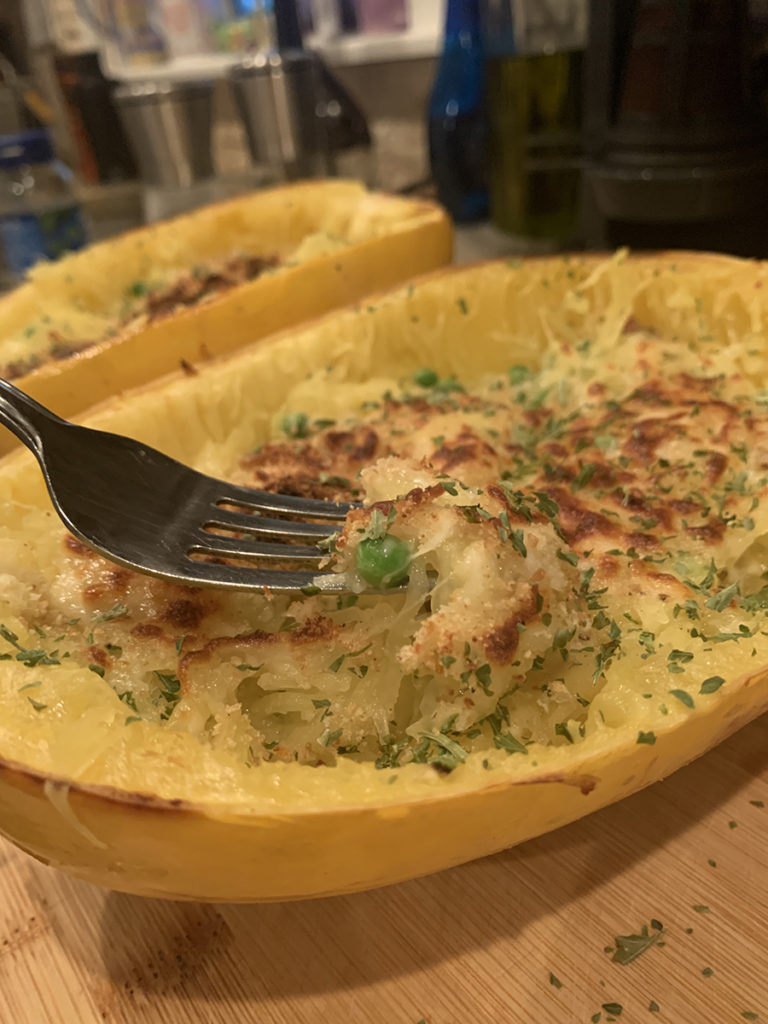
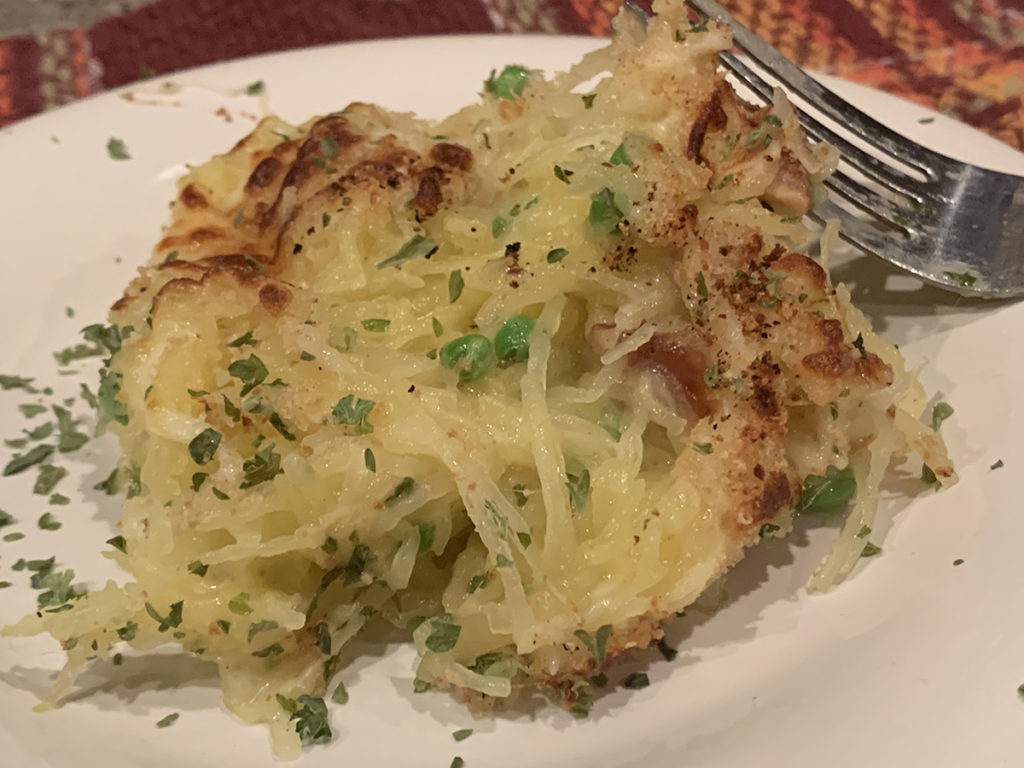

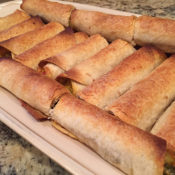
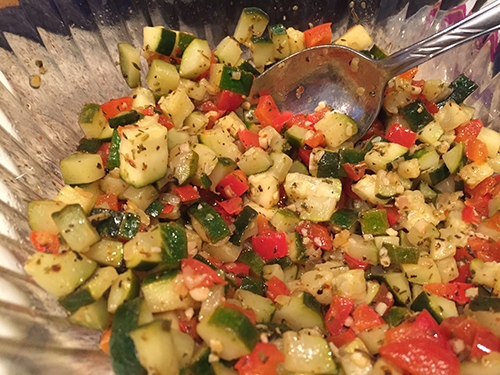
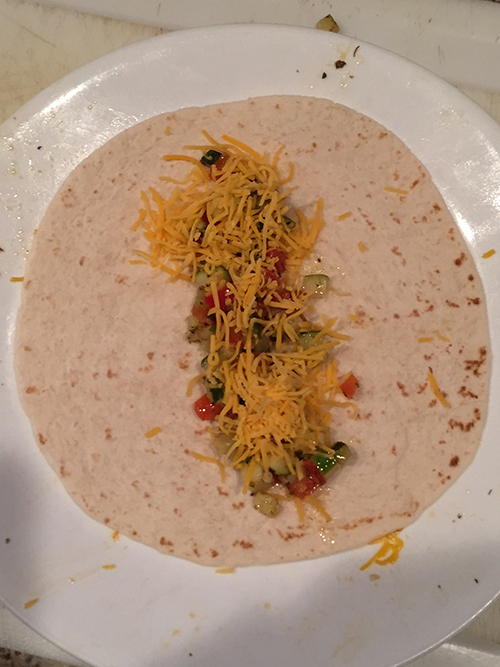
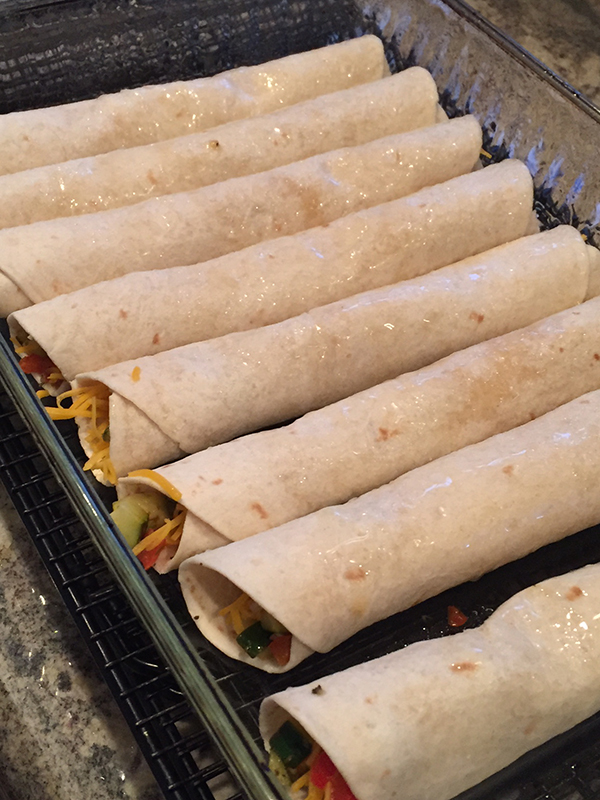
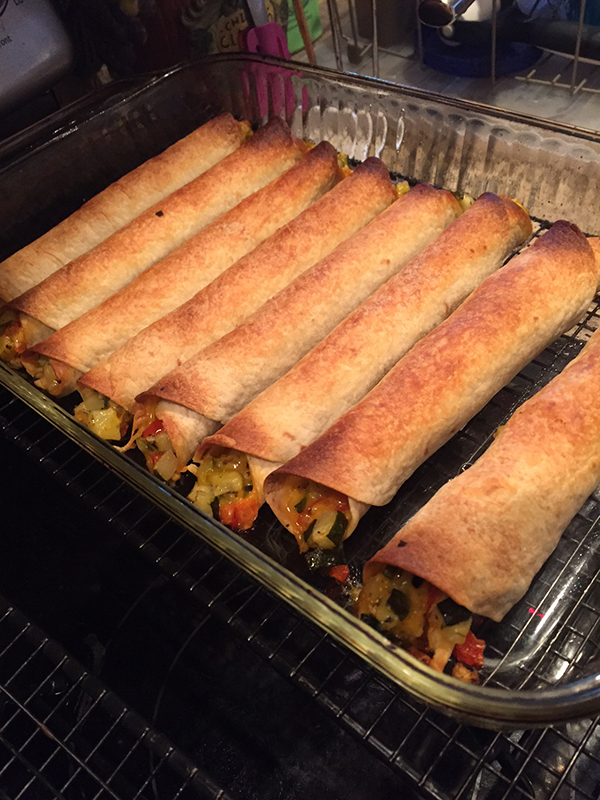
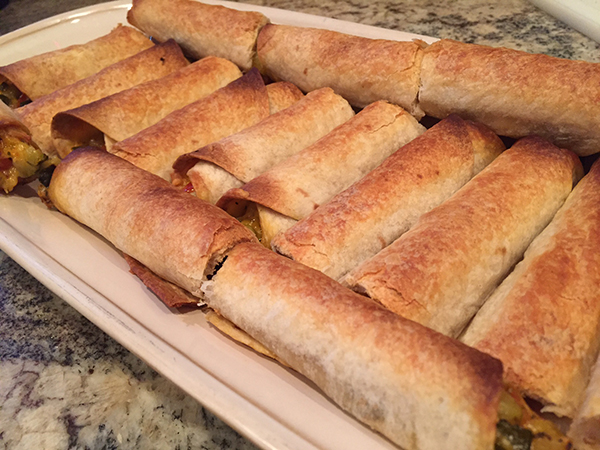

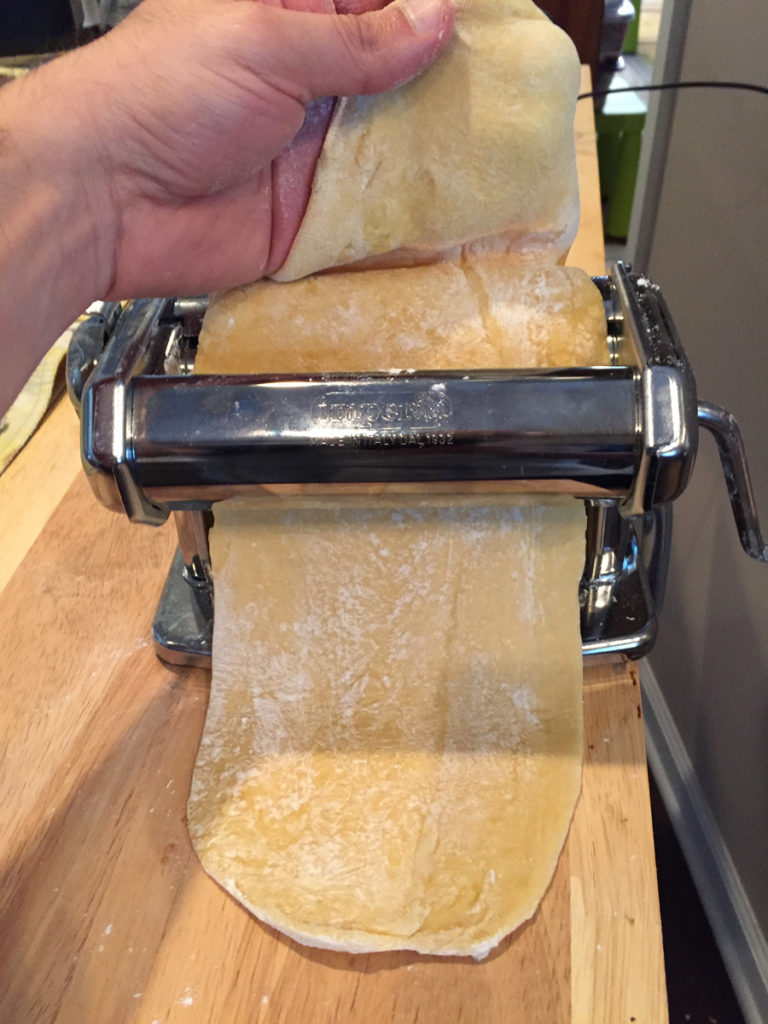
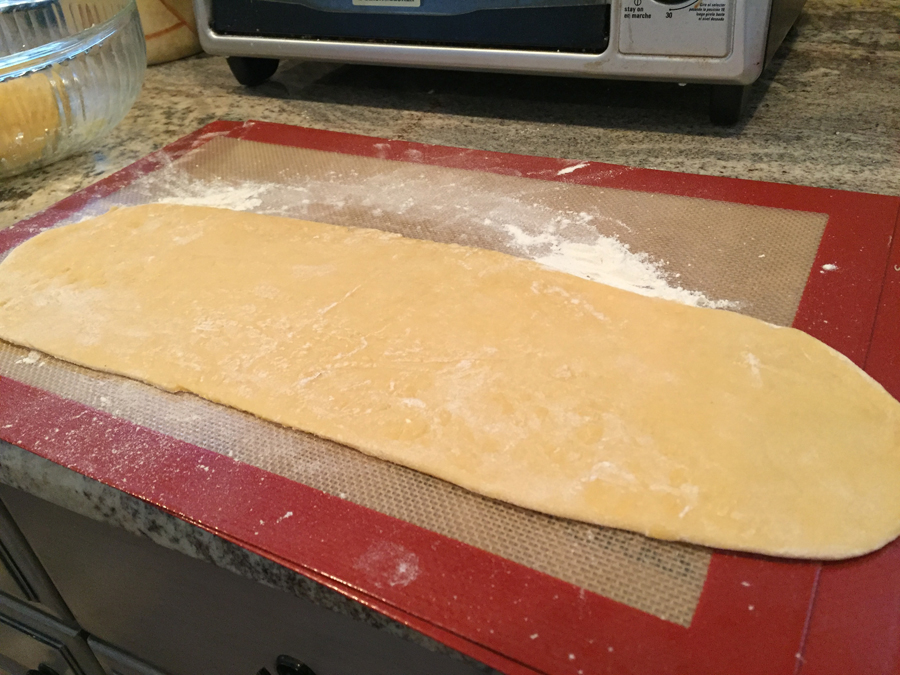
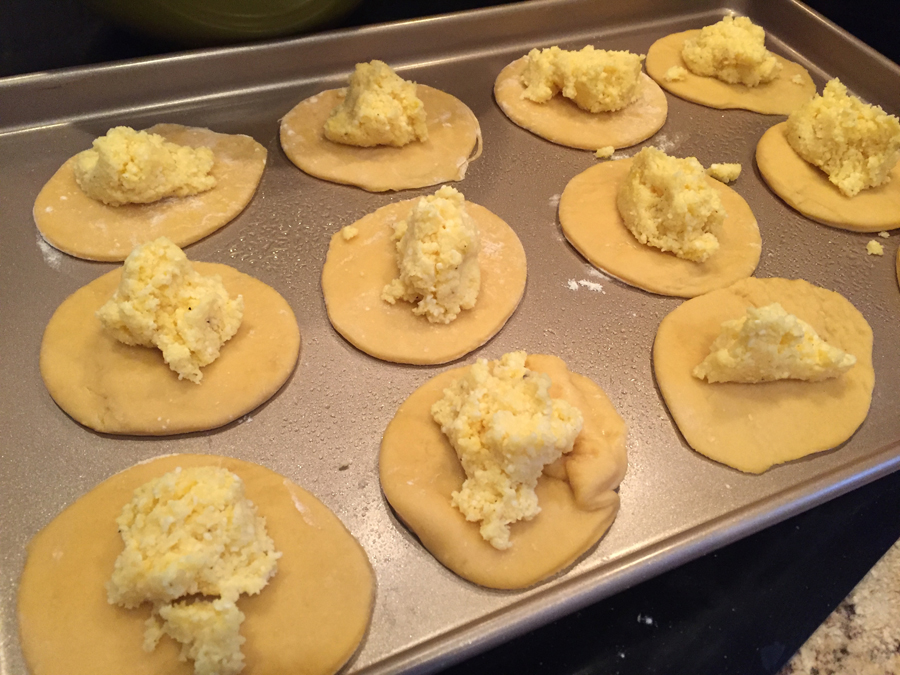
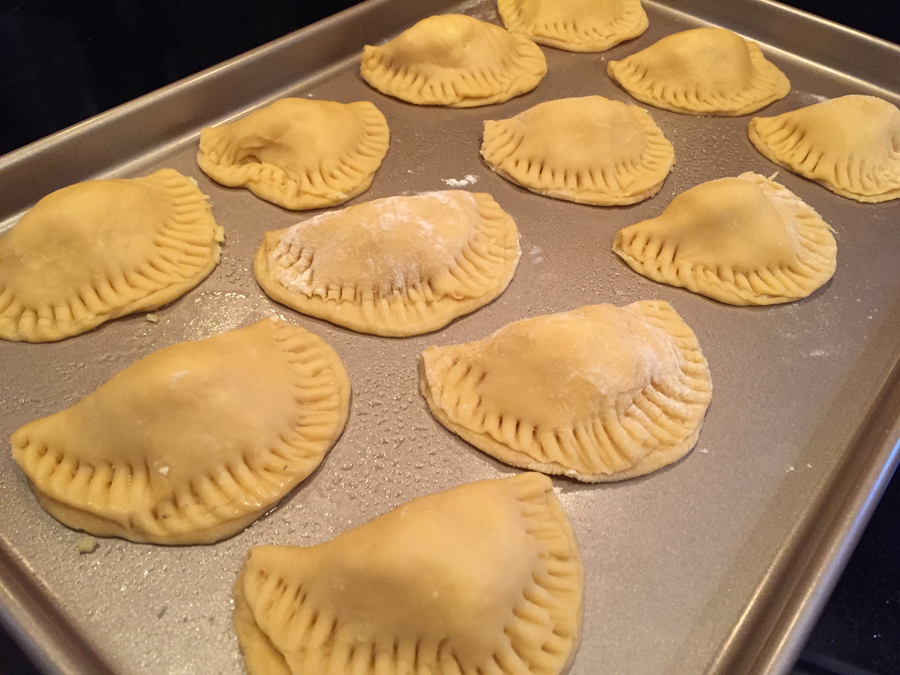

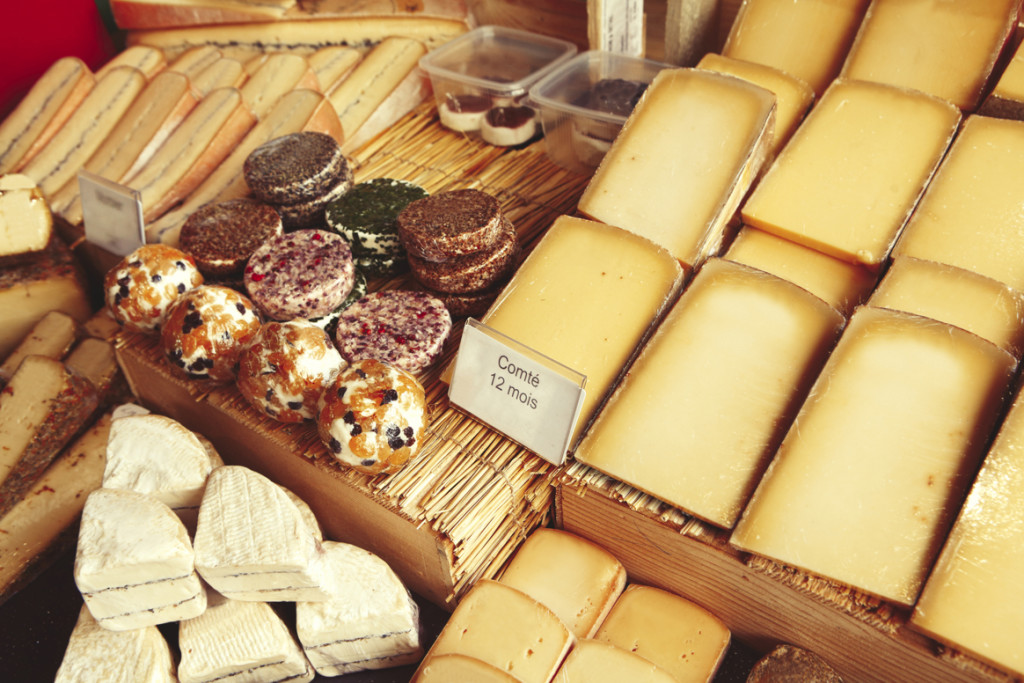
Recent Comments